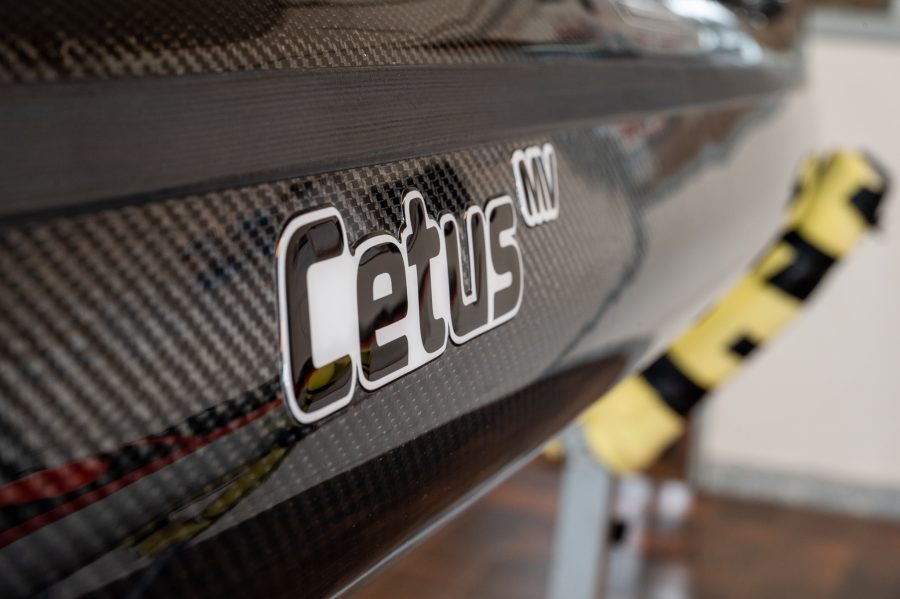We make many boats each year between our rotomoulding facility and head office in Cheshire, and our composite workshop in Derby; both have very skilled teams using some sophisticated equipment, and sometimes quite basic skills in a sophisticated way.
In my 52 years in this industry, I have seen some exceptional skill and craftsmanship from our team, from our suppliers, and from some competitors, much of which most of our customers would never see or understand.
I am so used to it that I wrongly take it for granted, but occasionally, something I see makes me realise just how far we have travelled and just what a skilled, talented, and wonderful team of people we’re lucky to have building our kayaks.
Recently, I saw a Lightweight Kevlar/Carbon Infusion Cetus with Clear Carbon all-round that was utterly exquisite. From 3 metres away, it looked like any full-carbon kayak, but when I got close, I was “gobstruck” (for our international friends, this means ‘overwhelmed with wonder, surprise, or shock’), speechless, and rendered immobile. I poured over the deck, stroking its form and looking for a blemish that was never found.
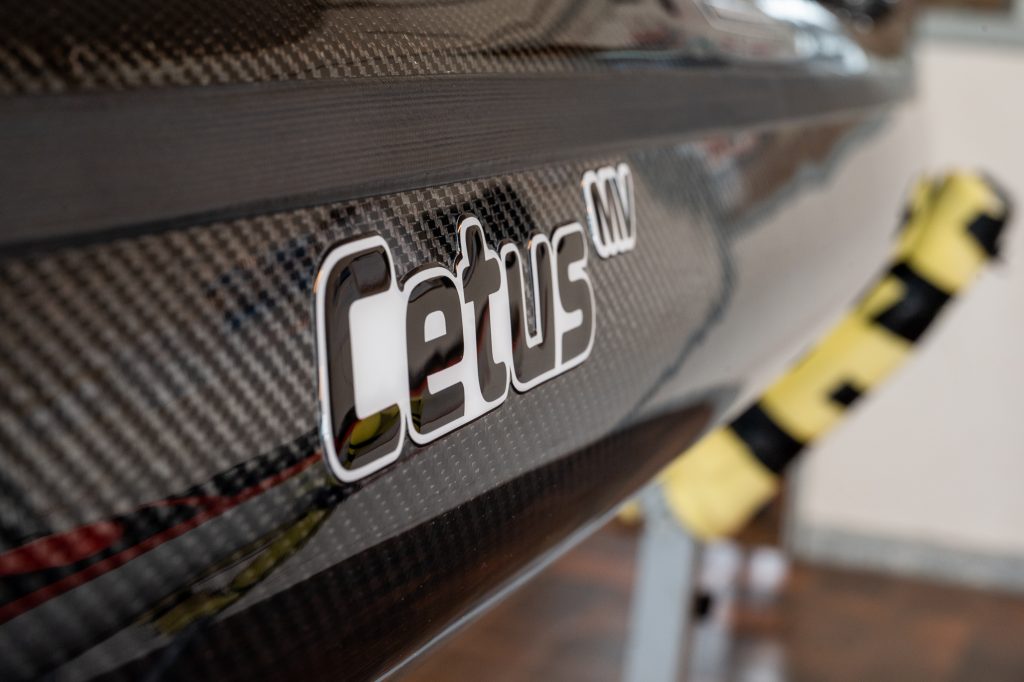
For some time, I have been proud of our team’s skill in laying down a full layer of carbon in the hull without weave distortion and folding. The painting of bows and sterns in a solid colour to disguise the cutting of fabric necessary for low-skill manufacture are not the P&H way. To see the deck laid down without such painted segments around its many complex features is an entirely different order of difficulty! There was no fabric weave distortion or any cuts around the RDFs (Recessed Deck Fittings, which hold the decklines, elastics, and handles) or hatches. Around the heavily contoured compass, sail mast foot, and split-paddle shaft recesses there was one little cut which had to be pointed out to me, but I still couldn’t see it. It was invisible.
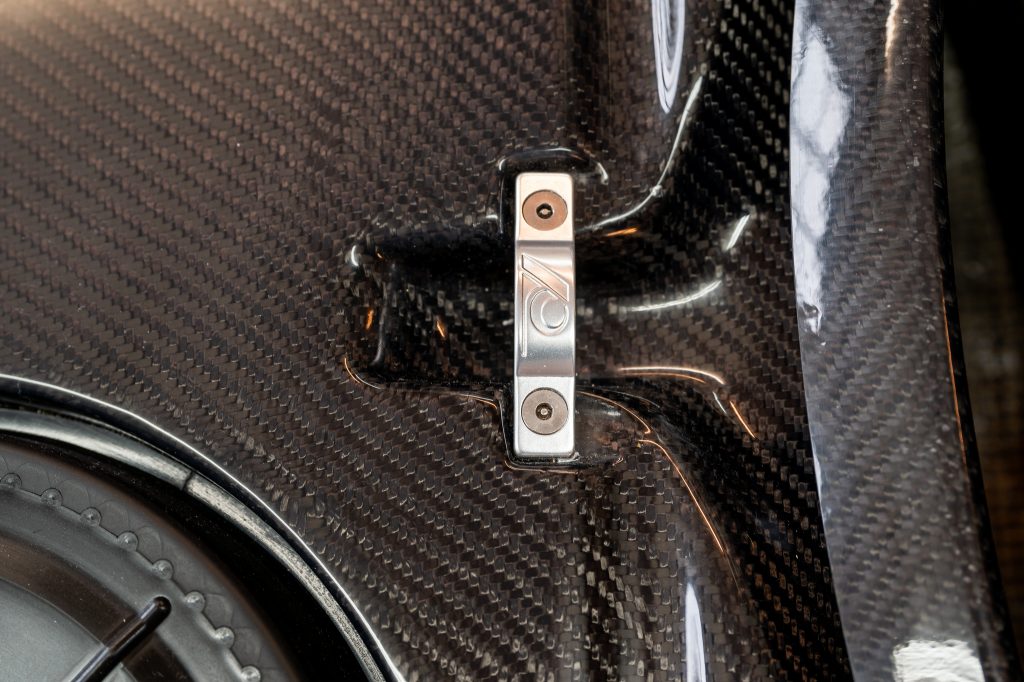
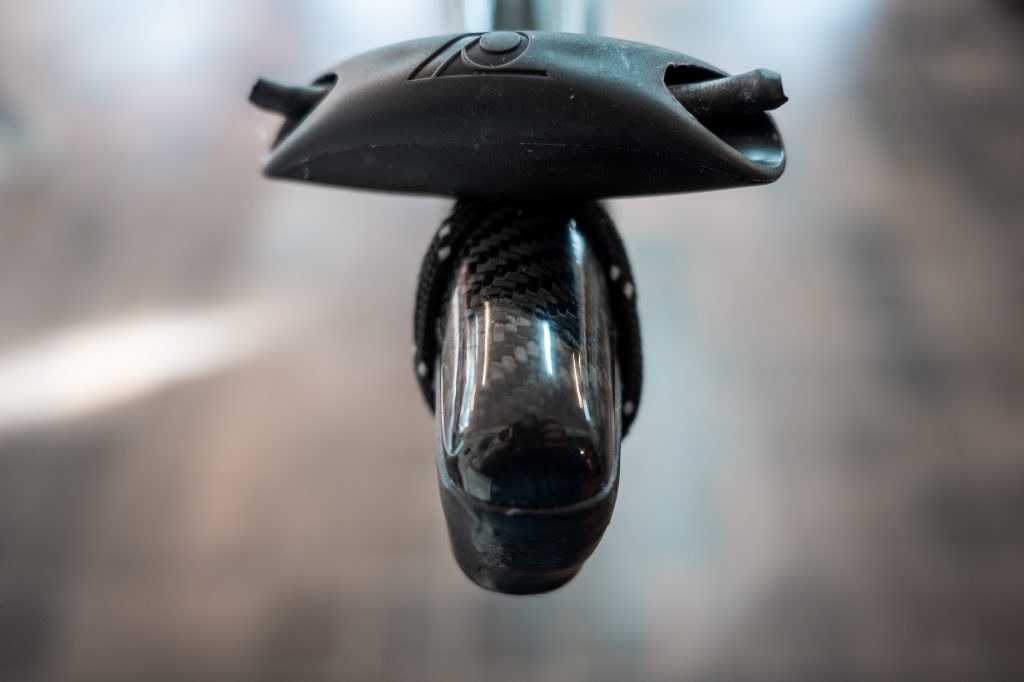
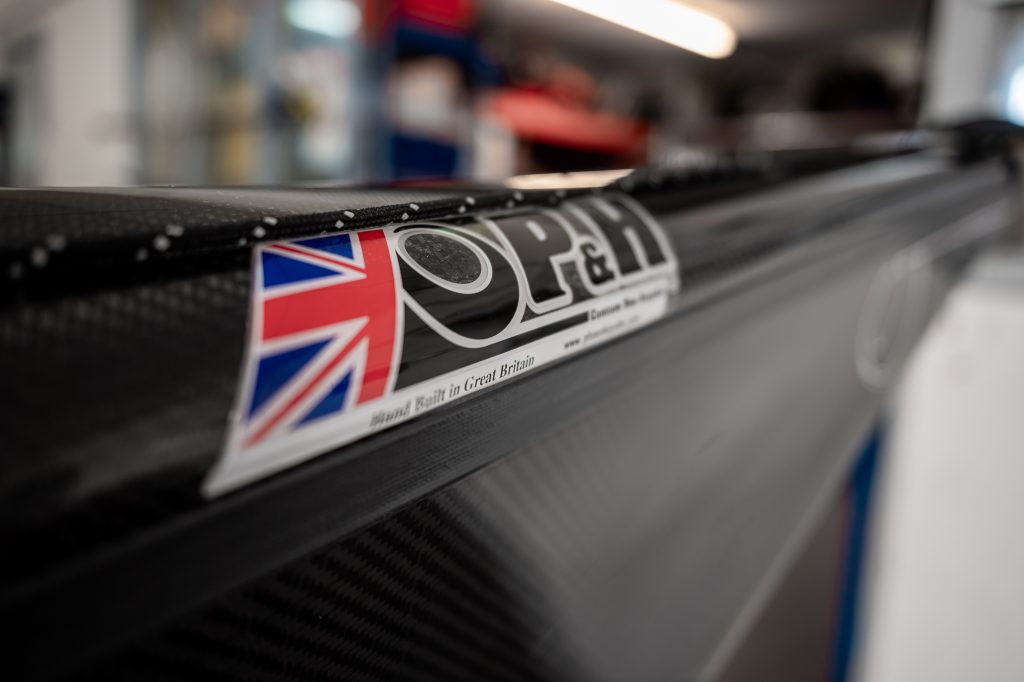
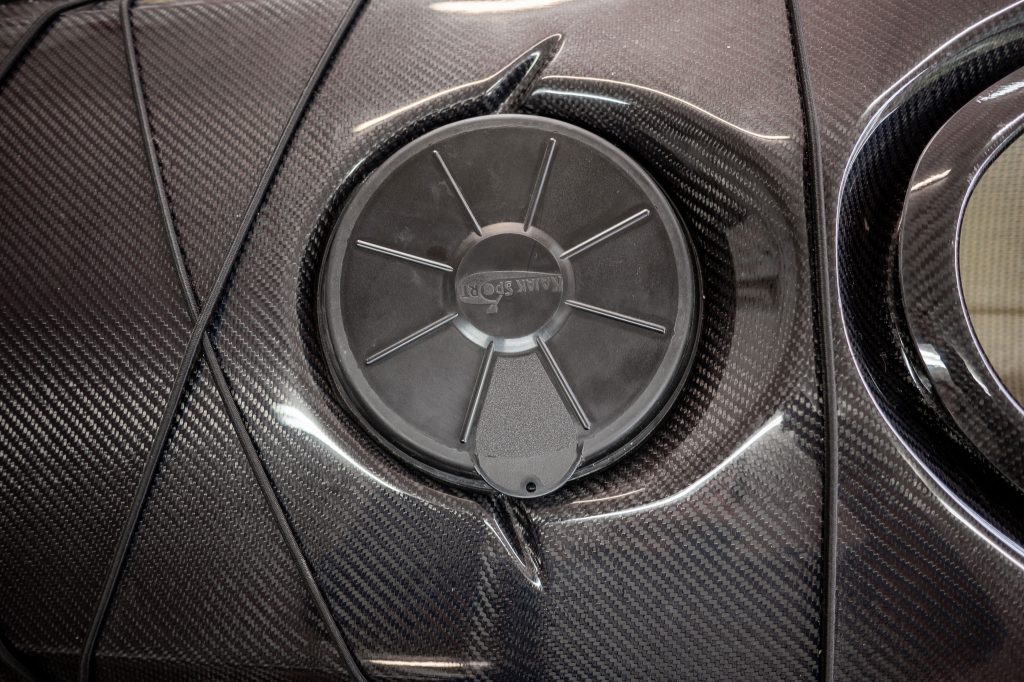
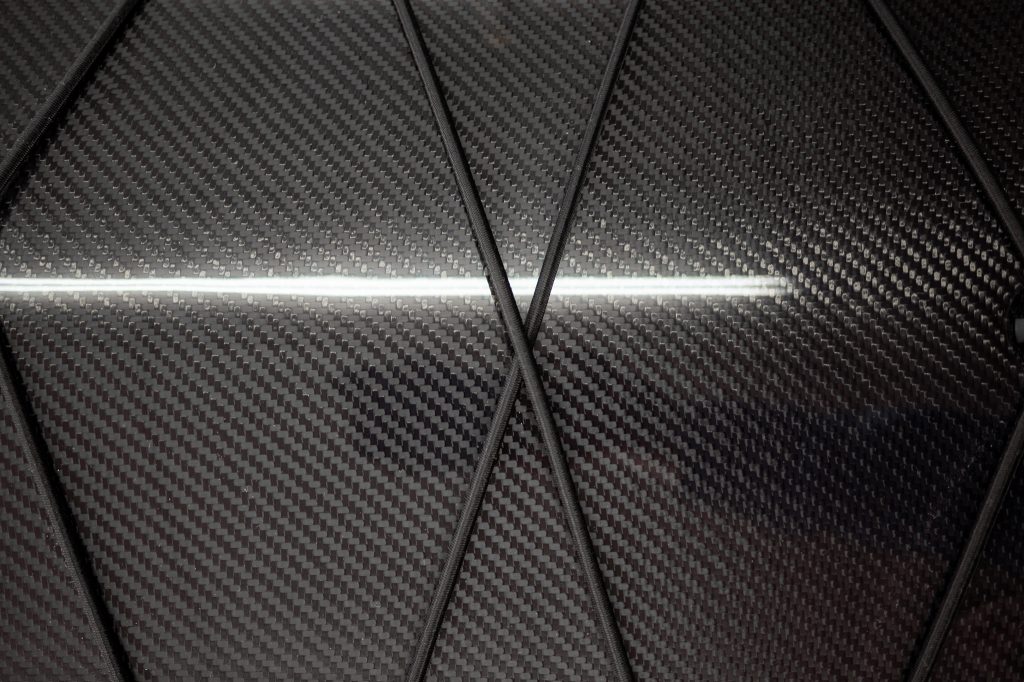
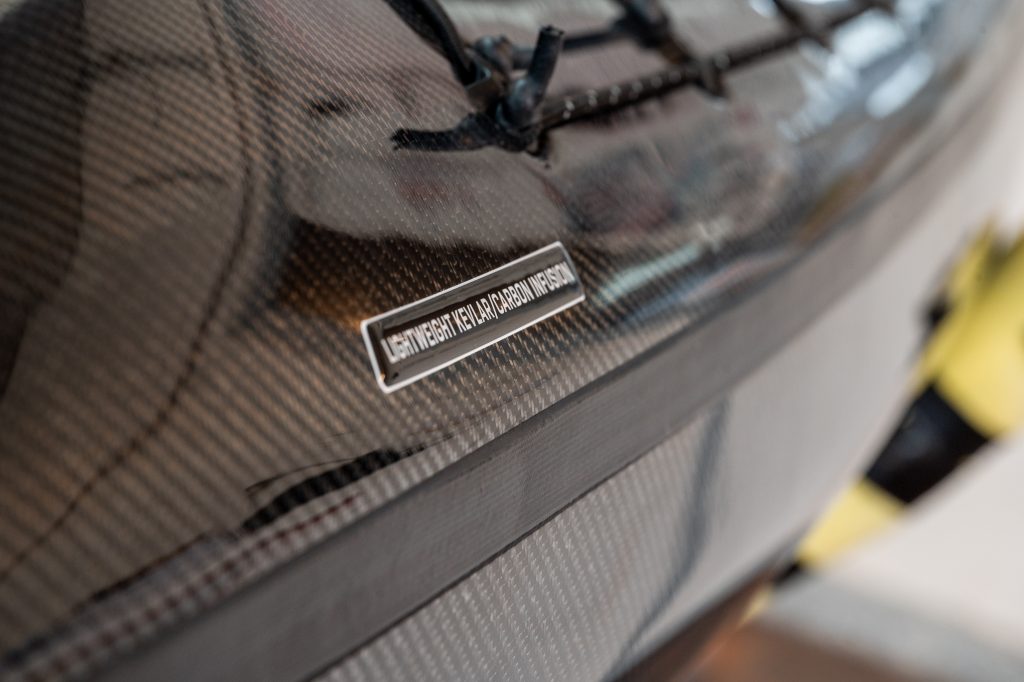
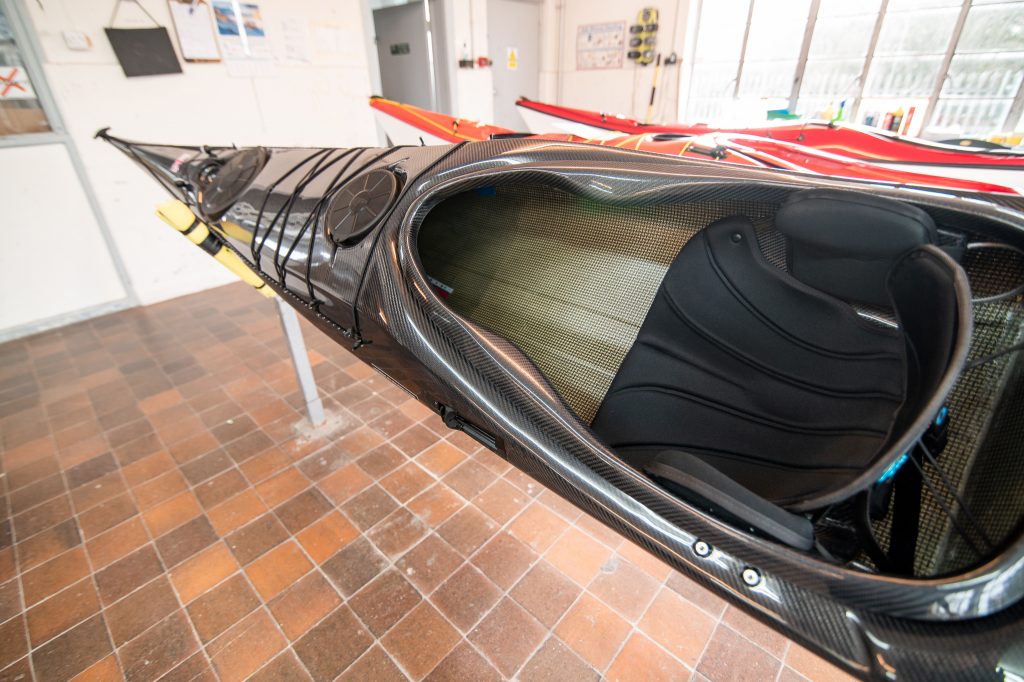
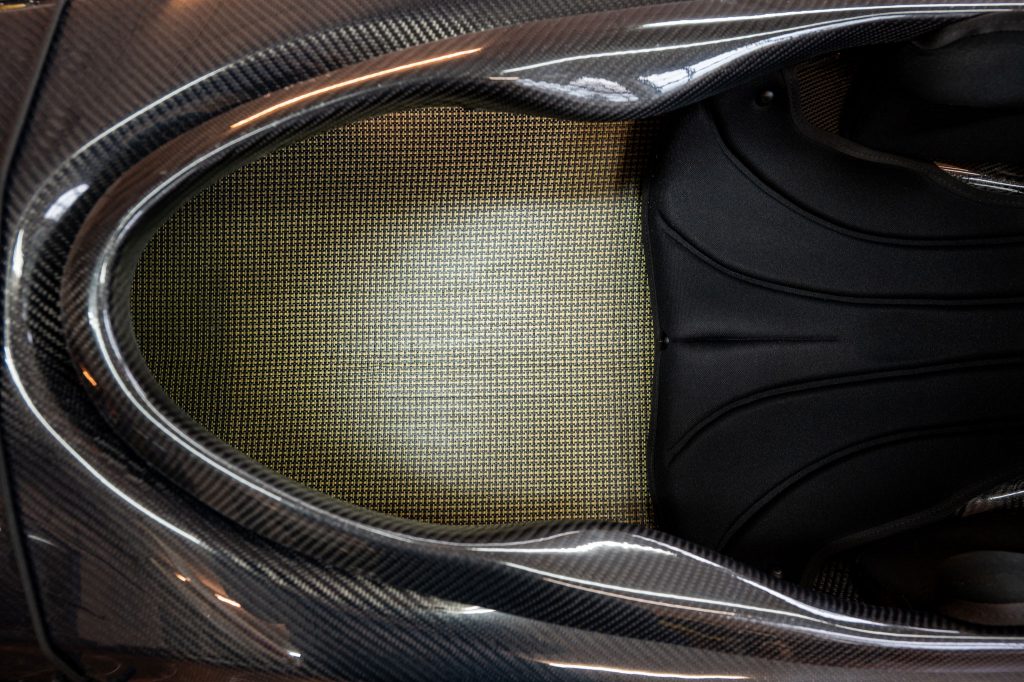
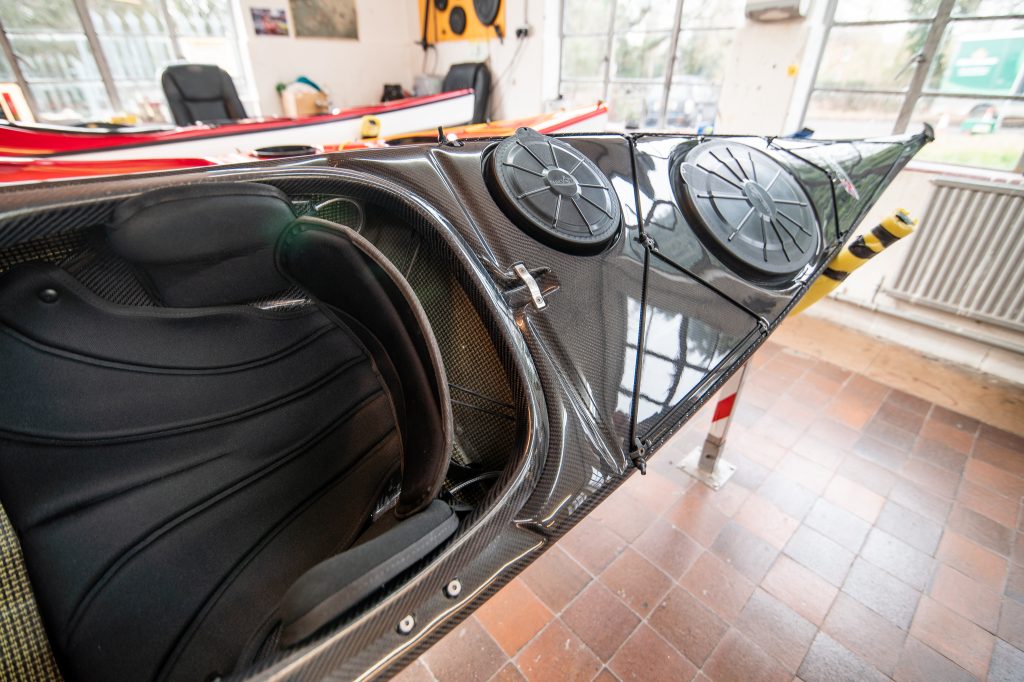
Steven Pericleous, you are a master craftsman, but so are many more in our team whose skills aren’t so easy to see.
Graham Mackereth

